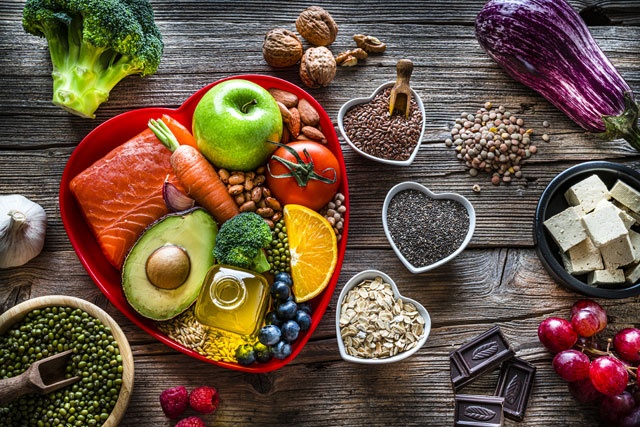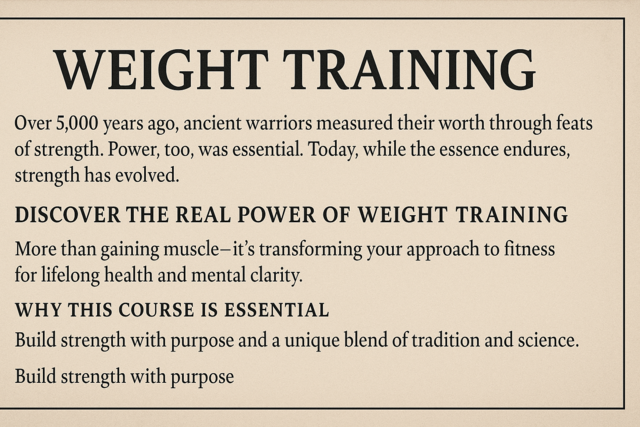?
Saying a carbohydrate is complex refers to its chemical structure. All carbohydrates are strings of carbon, hydrogen, and oxygen linked together. At the heart of every carbohydrate molecule is a sugar. If it contains only a single sugar, its called a monosaccharide, or two sugars, is called a disaccharide, the molecule is considered a simple sugar, and it will have a sweet taste. Your body can digest simple sugars very quickly, and these are the molecules that have the fastest effect on blood sugar levels. Simple sugars include table sugar, grapes, and bananas.
Function
The body converts carbohydrates into glucose, the body's preferred source of energy. Carbohydrates are essential in fueling the brain and the nervous system.
A single gram of carbohydrate provides four calories. So if you read a food label that says one serving of cookies contains 20 grams of carbohydrate, then that food item provides 4 calories x 20 grams, or 80 calories from carbohydrate.
What your body does with carbohydrates once you eat them depends on its immediate needs. If you are in the middle of playing an intense game of basketball, and you drink a sugary sports drink, your body will quickly convert those carbs into glucose and put some of them to work immediately, helping to fuel your muscles as you run up and down the court. What you don't use right away will circulate in your blood stream, ready to be used at a moment's notice. Once you stop playing the game, your body will use some of the remaining carbohydrates to fuel the process of repairing your body and getting it ready for the next bout of exercise. The body will store leftover glucose in the liver for a short period of time, just in case you need it.
Simple carbohydrates
Simple carbohydrates (mono- and di-saccharides) have one or two sugar molecules at the base of their structure and they are very easy to break down into glucose. Mono means single, so monosaccharide is a single sugar; di means two, so disaccharide means double sugar. Fructose, or fruit sugar, and galactose, or milk sugar, are monosaccharides. Maltose, in beer, and sucrose, in table sugar, are disaccharides.
Complex carbohydrates
Complex carbohydrates have multiple sugar molecules at their base, so it takes the body longer to convert them into glucose. Because of this, you feel fuller longer after eating a meal that contains lots of complex carbohydrates. Foods that have a lot of complex carbohydrates are also known as starches, like potatoes, beans, brown rice, and oatmeal.
"Good" versus "Bad" carbohydrates
A good rule of thumb is to choose food that has been refined as little as possible; eat an orange for dessert instead of orange cake. Sweeten your oatmeal with raisins instead of table sugar. Choose whole grains like brown rice over their refined equivalents whenever you have a choice. The more "whole" a food is, the less opportunity people have had to add refined sugars and additives to it. Unrefined sources of carbohydrate, like berries, oatmeal, bananas, and beans also provide minerals, vitamins, and dietary fiber that refined carbohydrates like white flour, sugar, sodas, and syrups do not.
Dietary fiber is the part of a plant that your body can't digest. Far from being waste material, fiber helps you feel full on fewer calories, which is really helpful if you're trying to manage your weight. Fiber can also help reduce the risk of bowel and heart disease.
There are two types of fiber, soluble and insoluble. Soluble fiber is the type that can dissolve in water, and when it does, it turns into a gel-like material that can help absorb cholesterol and move it out of the body. You can get soluble fiber from oats, peas, beans, apples, citrus, carrots, and barley. Insoluble fiber does not dissolve in water. It passes through your digestive system mostly unchanged, and as it goes, it scrapes the lining of the colon, helping to move out waste materials and dead cells. Insoluble fiber is very helpful for people who suffer from constipation and bowel irregularity. Whole wheat flour, wheat bran, nuts, and vegetables are good sources of insoluble fiber.
Artificial sweeteners are very different from natural sugars like sucrose and fructose. The chemical structure is different, and when you eat them, your body usually can't use these components for nutrients, so they don't contribute any calories to your daily intake. That does not mean, however, that they have no impact.
Sucralose (Splenda), Aspartame (Equal), and Saccharin (Sweet and Low) have all been studied and approved by the FDA. However, many people have concerns about these compounds. The body breaks down artificial sweeteners into smaller components. Aspartame breaks into aspartate, phenylalanine, and methanol. Some people can't process phenylalanine; it could cause brain damage, so the product has to be labeled for safety. Methanol also breaks down into formaldehyde and formates.






























